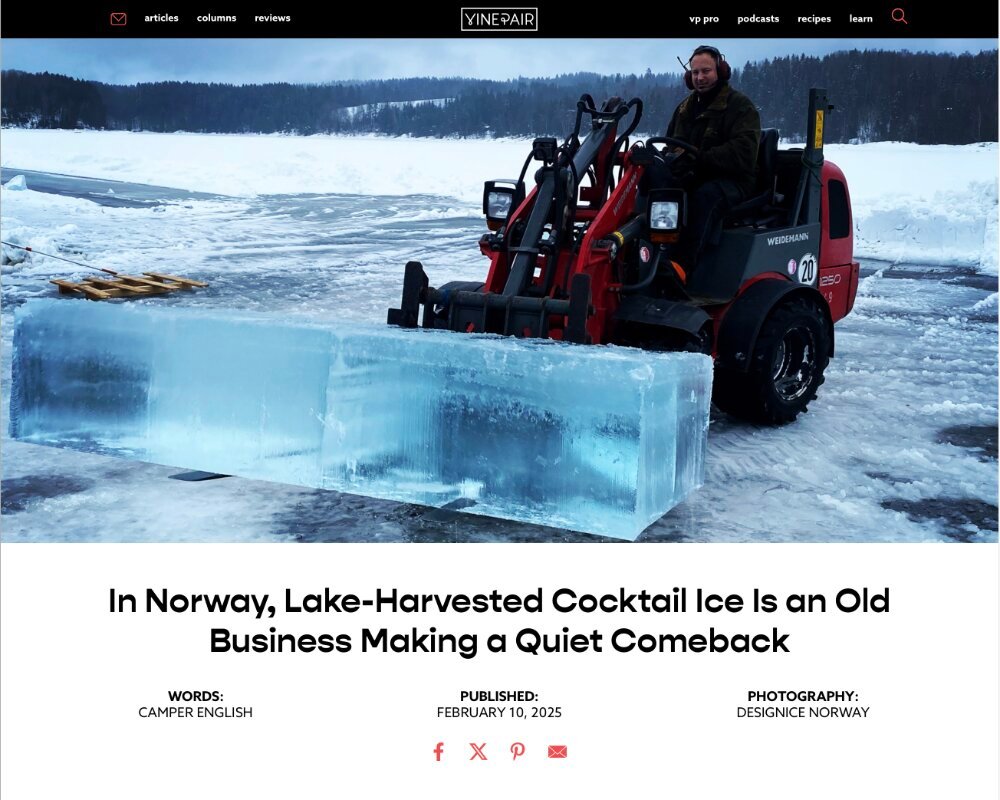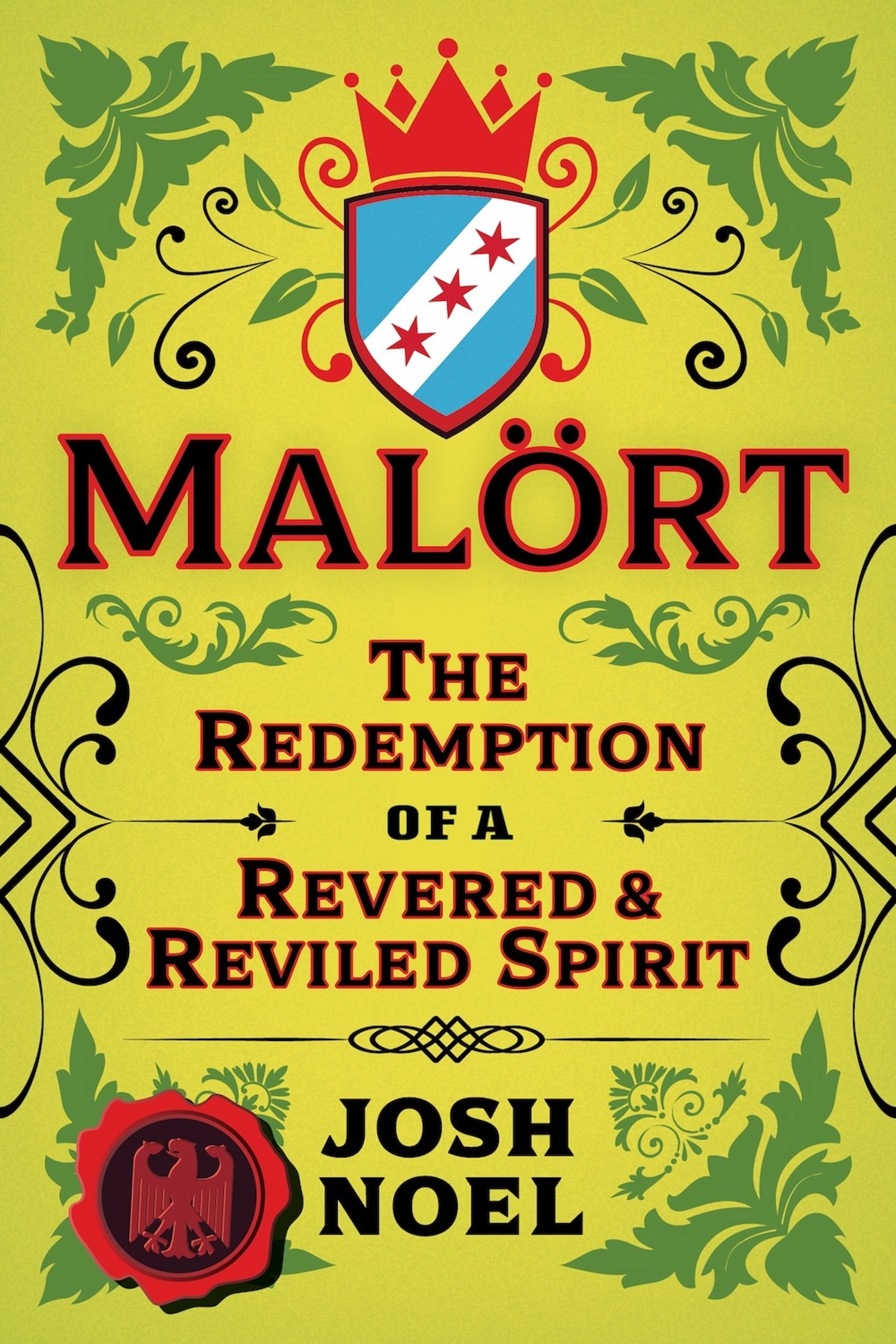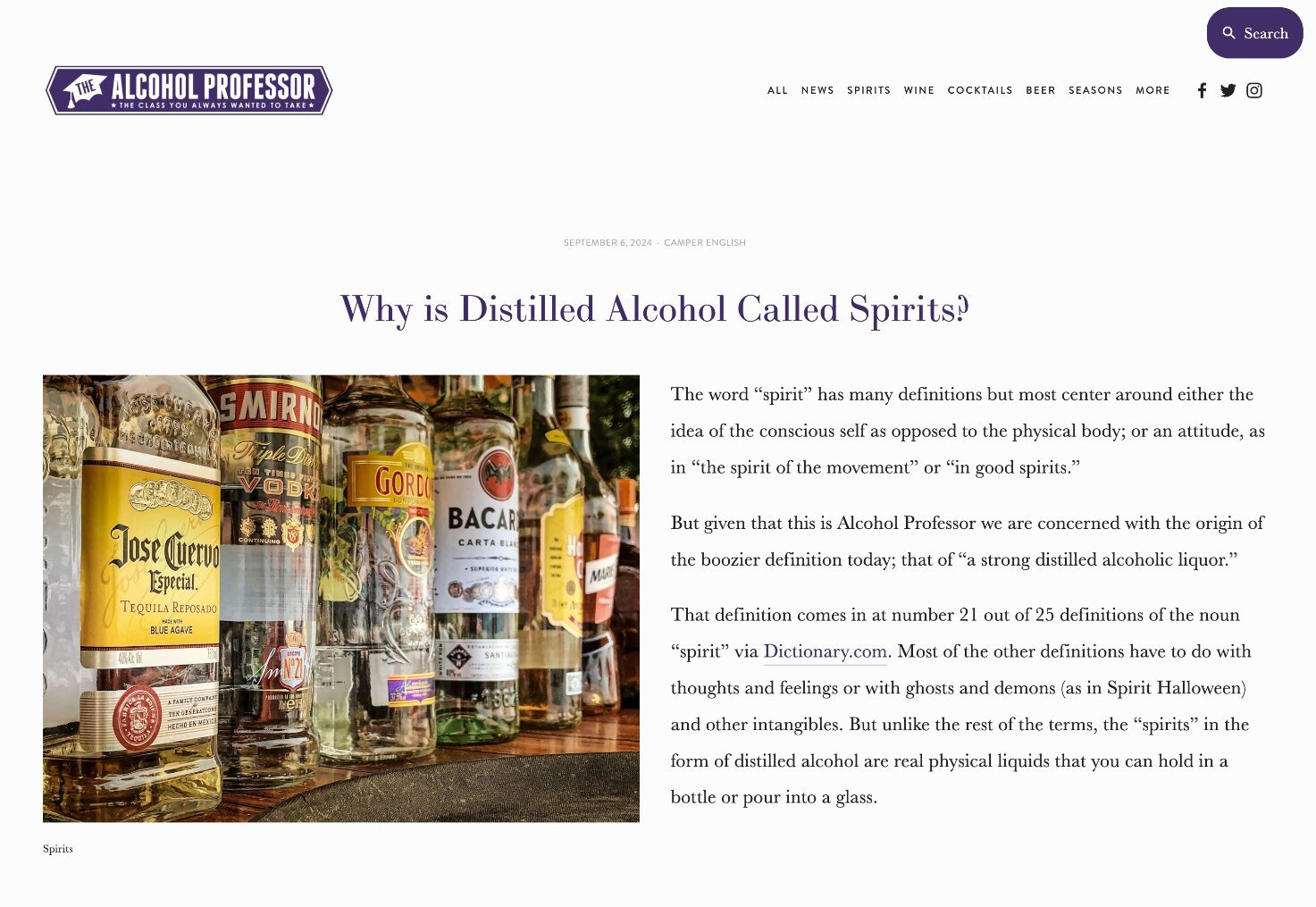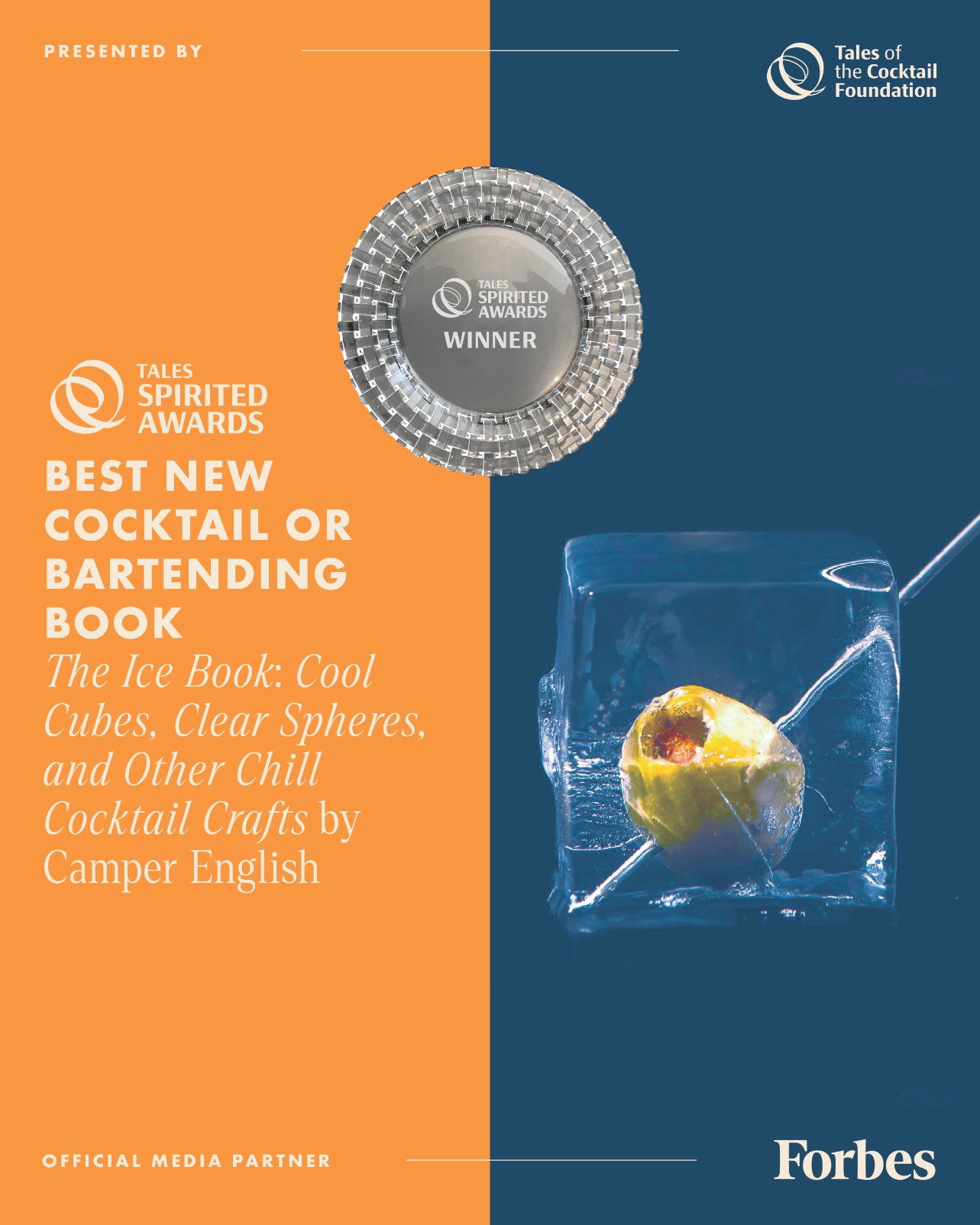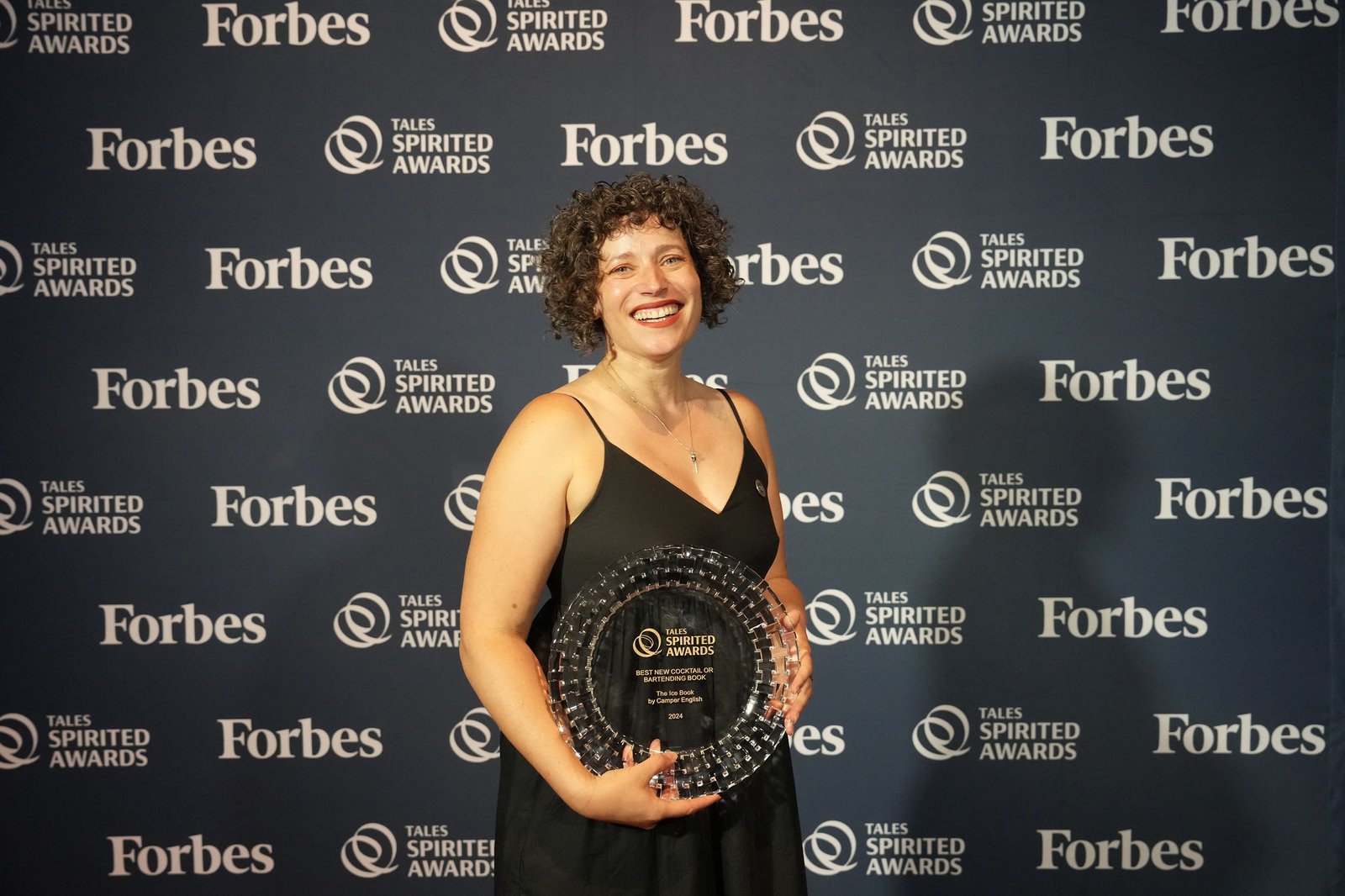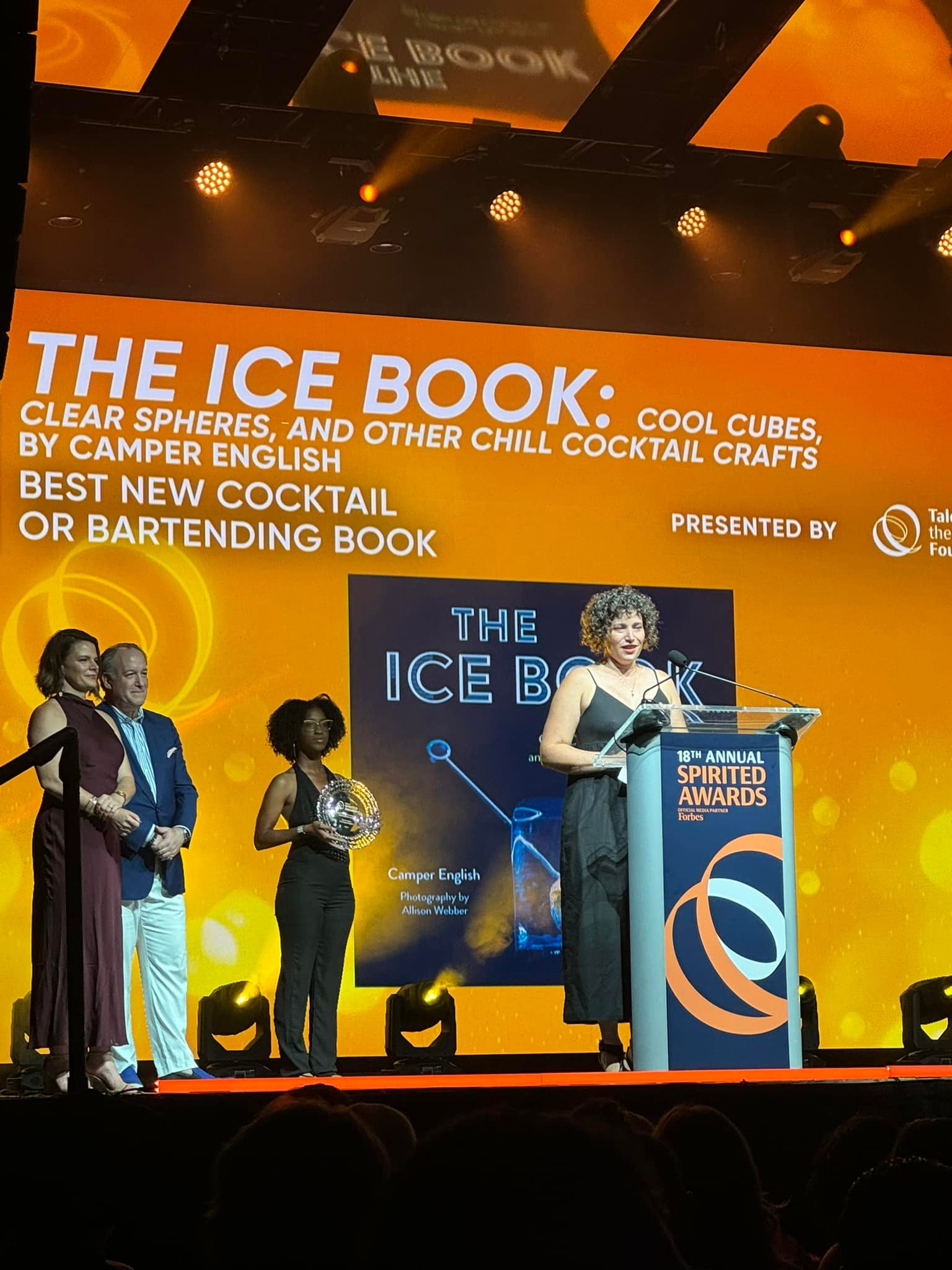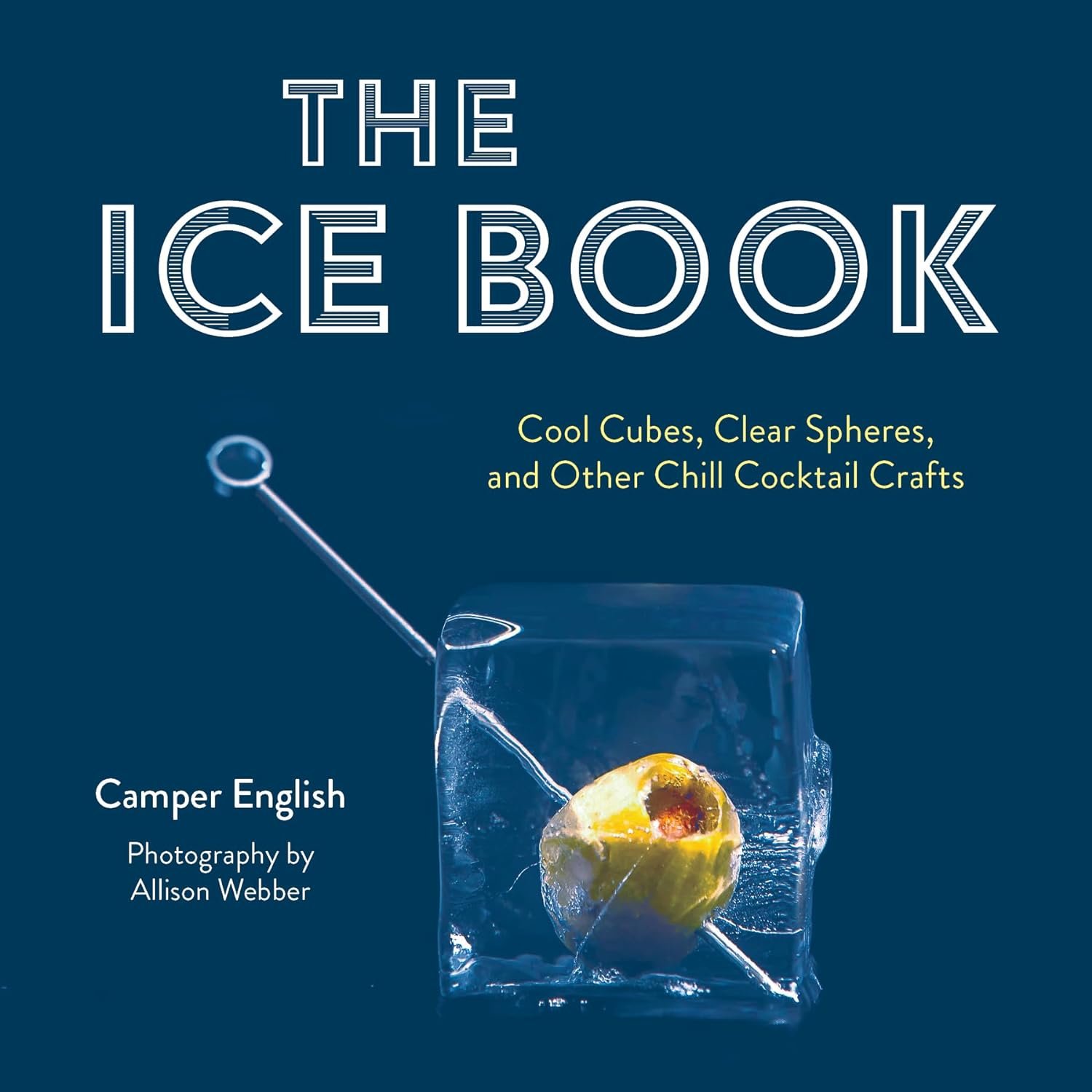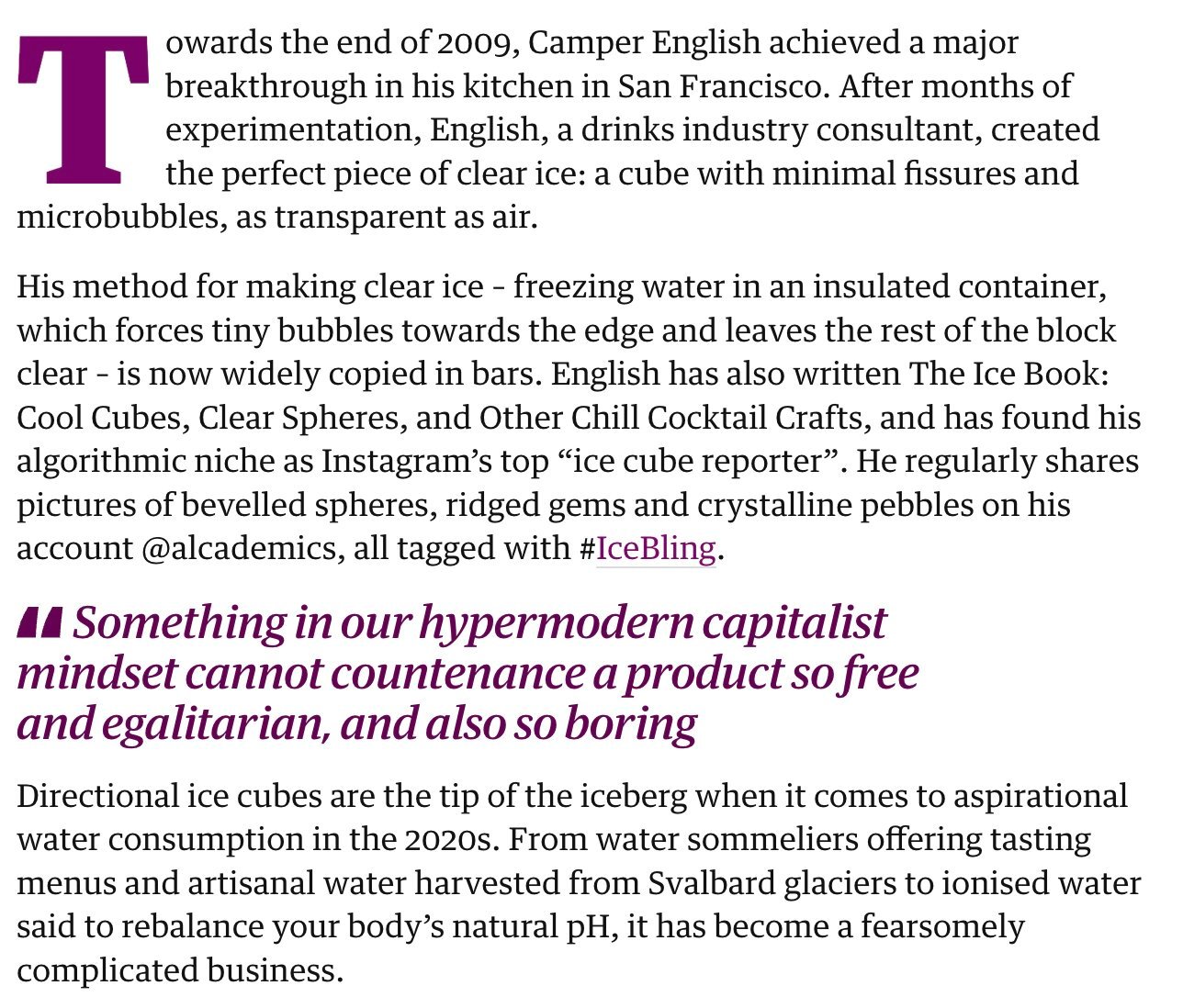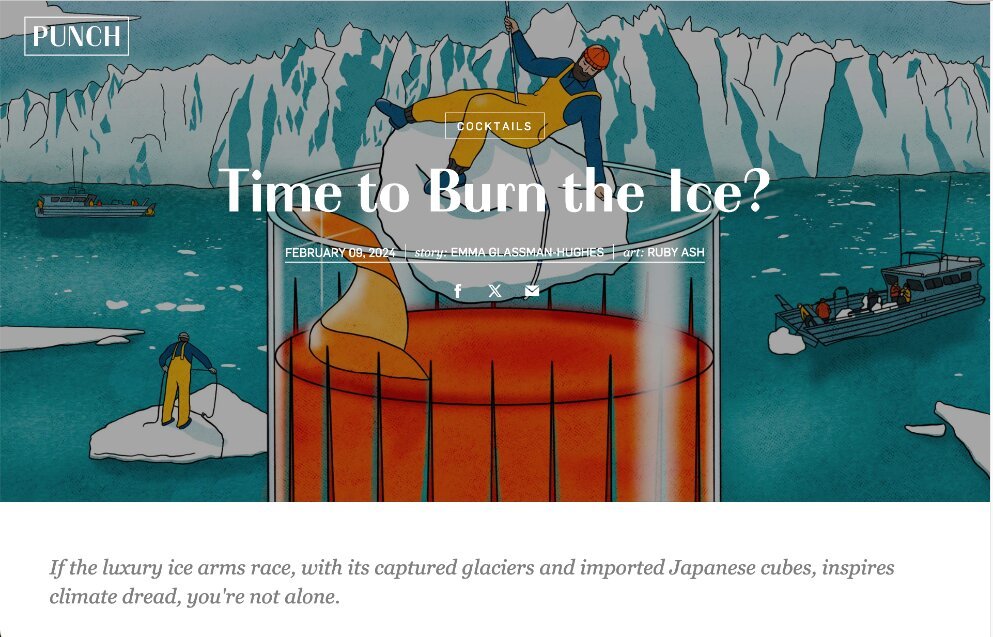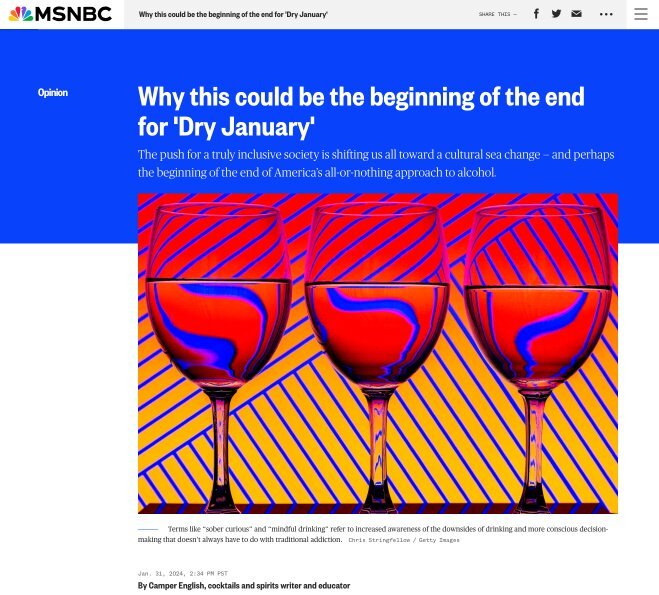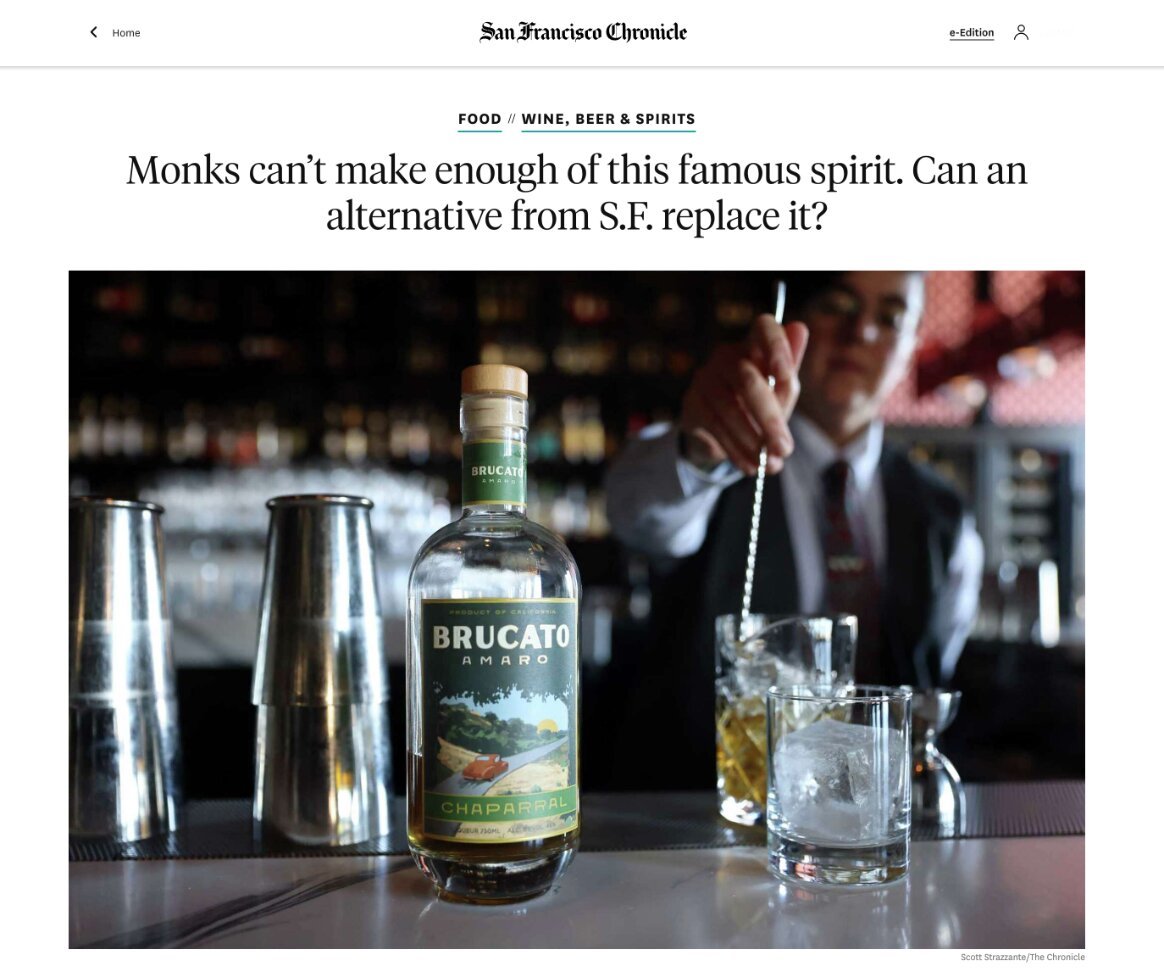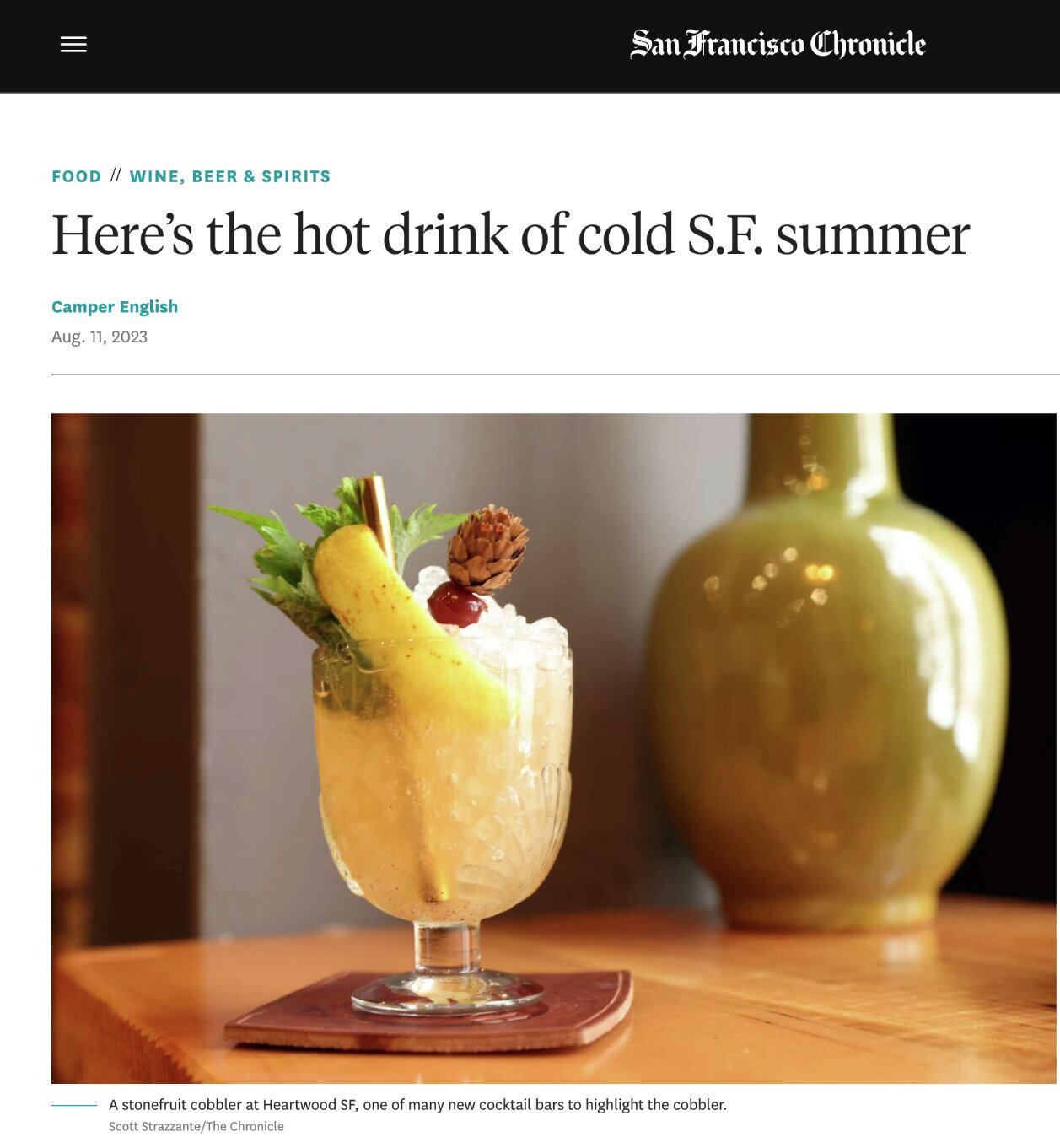This story was originally published on AlcoholProfessor.com.
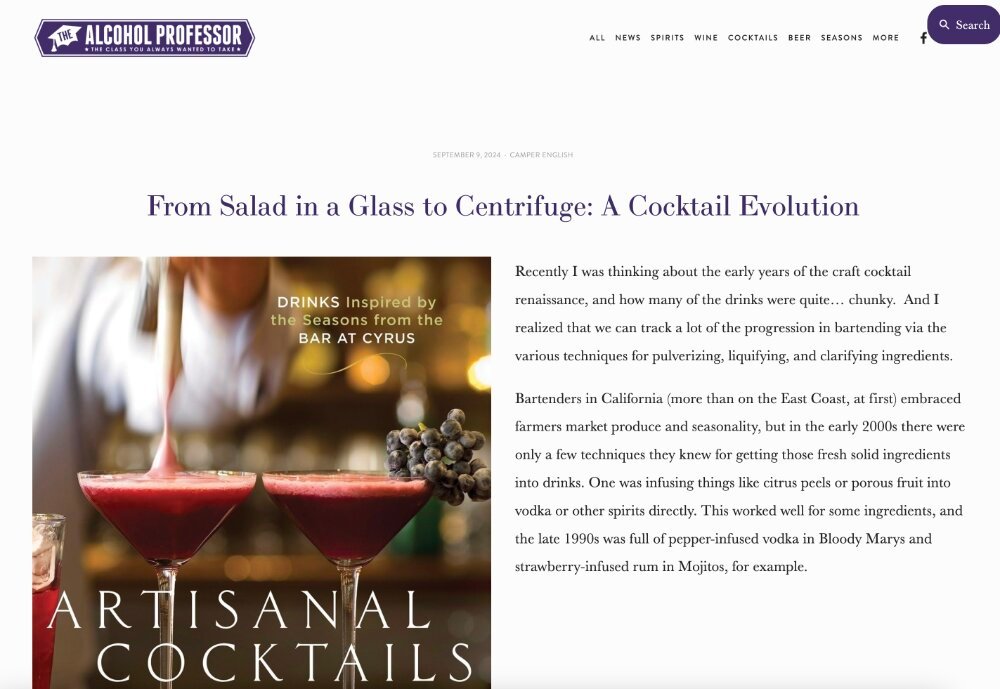
From Salad in a Glass to Centrifuge: A Cocktail Evolution
Recently I was thinking about the early years of the craft cocktail renaissance, and how many of the drinks were quite… chunky. And I realized that we can track a lot of the progression in bartending via the various techniques for pulverizing, liquifying, and clarifying ingredients.
Bartenders in California (more than on the East Coast, at first) embraced farmers market produce and seasonality, but in the early 2000s there were only a few techniques they knew for getting those fresh solid ingredients into drinks. One was infusing things like citrus peels or porous fruit into vodka or other spirits directly. This worked well for some ingredients, and the late 1990s was full of pepper-infused vodka in Bloody Marys and strawberry-infused rum in Mojitos, for example.
Muddling
The other main tool for getting solid fruits, citrus, and other produce into liquid form was by using a big stick: the muddler. Ingredients like tomatoes, kiwi, and every form of herb (those Mojitos were everywhere) were pummeled with muddlers, shaken with ice, then dumped into glasses. The resulting cocktails were often a quarter solid, with mashed up produce in the bottom of the cup.
This style of cocktail with everything muddled together took on the nickname of “salad in a glass,” for every drink came with a full serving of fruits or veggies in the mix. They were sometimes challenging to consume, for all those solids often blocked the hole in drinking straws. One bar even manufactured a “stork” – a straw with a fork on the end- so that people could pick out the chunks and eat them after they were done drinking.
Semi-Solids and shrubs
Obviously, solids are hard to drink, and it didn’t take too long for top mixologists to start experimenting with other methods for transforming these ingredients into longer-lasting liquids. Crafty bartenders learned skills known to cooks and homemakers for millennia – the art of preserving seasonal produce. (While this may sound obvious today, keep in mind that in the 1990s nearly all drink ingredients came in shelf-stable bottled form; a lime wedge was as fresh as it got even in the “good” bars of the day.) Bartenders learned to cook fruit and spices into syrups; they canned jams and jellies; they pickled produce and preserved cherries in brandy.
At one point, bartenders relearned the lost art of making shrubs – vinegar-based fruit syrups. Shrubs were a form of preserved liquids that could flavor nonalcoholic cocktails as well as boozy ones, and for a while the best virgin drinks came with a dose of vinegar. Read how to tart up your cocktails using vinegar.
Old and New Methods
Other old-school techniques used in the early 2000s included the freeze-thaw method used to extract tomato water from tomatoes (for clear Bloody Mary variations), candying with sugar, and making oleo-saccharum from citrus peels. Some bartenders used dehydrators to concentrate the flavors of solid ingredients to use for subsequent infusions, long before the current trend of dehydrating citrus wheels for garnishes to reduce waste. Yet others took on fermentation as a form of preservation and flavor creation.
One technique that bartenders started experimenting with in the early 2010s (that continues to be popular today) is milk clarification. This technique for using milk to clarify and preserve cocktails dates to the 1700s, but was further explored and explained by people like Dave Arnold in his 2014 book Liquid Intelligence.
Clarified milk punches can last at refrigerator/cellar temperature for months or longer. This makes them suitable for batching, which speeds up service at the bar compared with all that á la minute muddling of the previous decade.
Clarified cocktails have very few solid particulates in the liquid, as those solids oxidize and spoil, and clog up tap lines if kegged. Knowing this encouraged bartenders to experiment with other methods of removing solids from even faintly cloudy liquids. Also in Liquid Intelligence, Arnold revealed several methods for clarification. One method was gelatin or agar agar clarification, which is similar to the milk punch method but using a different medium for filtration. Another method borrowed from winemaking is using fining agents that help particulates settle in a liquid.
The Future… Is the Past?
In recent years, the tools and technology have grown more sophisticated. Many bartenders now use a centrifuge to clarify cocktails and cocktail ingredients, often in combination with fining agents mentioned above. Sous vide equipment is often used to speed up flavor integration as well as promote consistency of the resulting syrups and infusions. In countries where it is legal, low-temperature distillation in rotovaps also allows for better flavor integration than cold or warm infusions. And bartenders are reaching for isolated acids (citric, malic, tartaric, phosphoric, etc) to replicate the flavor, and enhance, or extend the volume of citrus juices.
The increasing sophistication of processing methods may or may not have reached a high point, and in many ways we’re now reinventing the wheel. In the 1990s and earlier one could purchase powdered drink mixes made of flavors, sugar, and acids, or bottled “juices” that were essential oils with citrus acids. Rather than serving a guest a Zima or wine cooler, today’s bartender may pump out a clarified low-ABV cocktail from the soda gun or pop open a bottled or canned carbonated drink they assembled the previous month.
Whereas once you’d find bar menus bragging about house syrups and infusions, now those homemade ingredients look a lot like commercially-available bottled lime cordial and sour mix. And while the dedication to lowering waste by using these techniques at the bar is admirable, often it comes at the cost of fresh flavor. Some bars’ drinks now taste like beverage versions of Sweet Tarts or sour Nerds candy as all the ingredients have been isolated and reconfigured into nearly shelf-stable forms.
At some point we’ll need to ask ourselves if our increasingly sophisticated techniques and technology for improving cocktails are making them taste worse than they were in the 1990s. I, for one, would prefer that fresh-from-the-farmer’s-market flavor of 2006-era cocktails. But on the other hand, I don’t miss the chunks at all.
